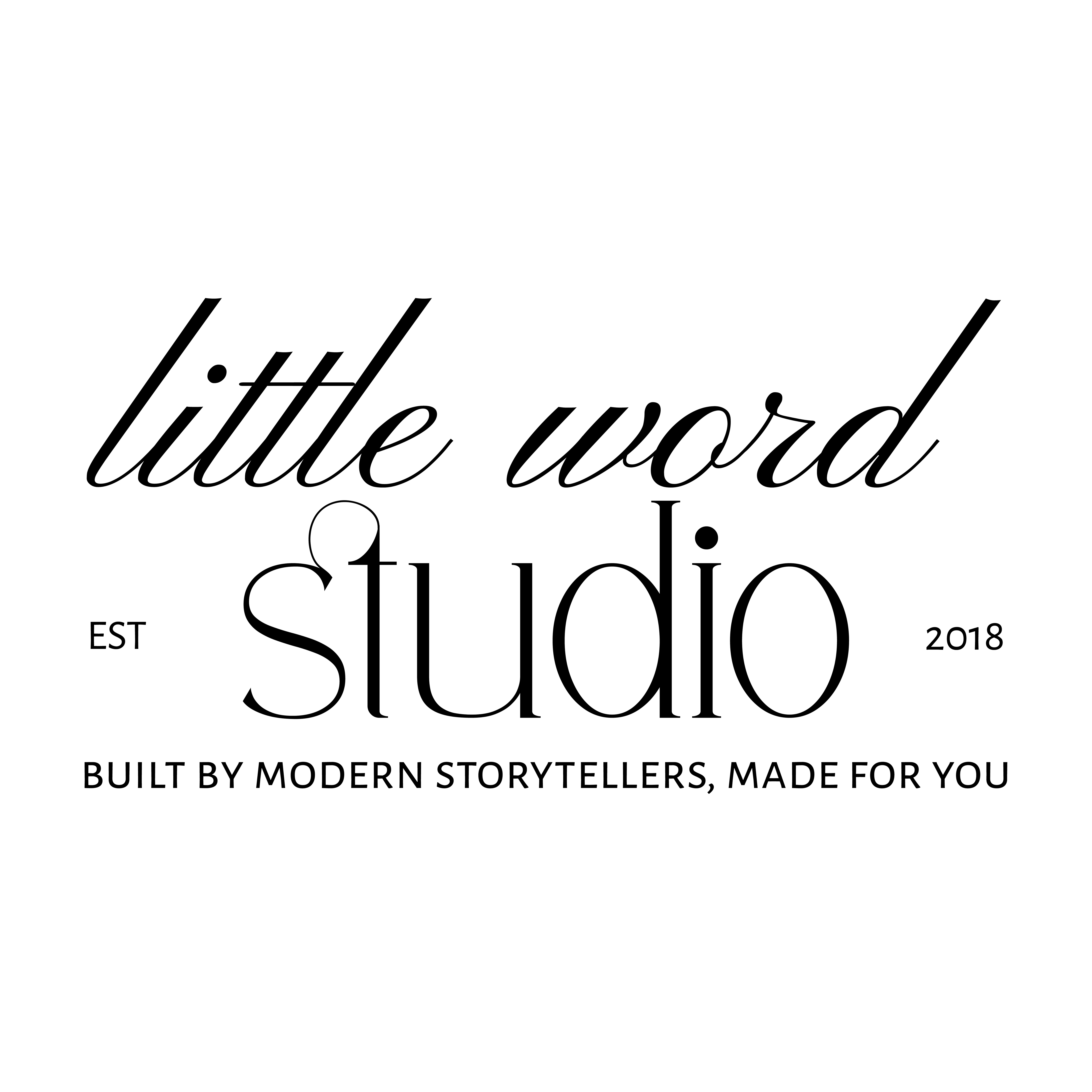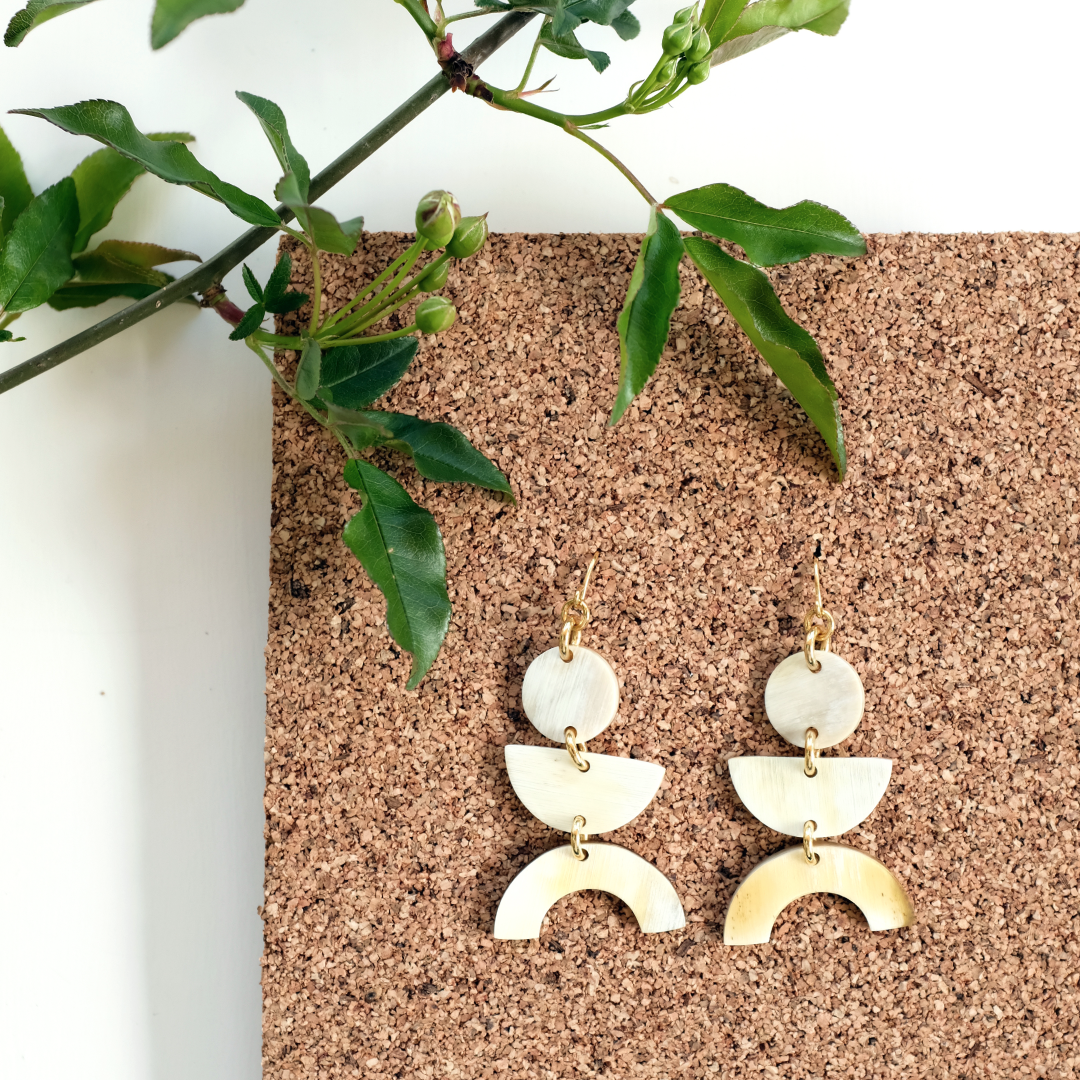The road to entrepreneurship isn’t always a straight line. Not all of us wake up one morning, watch the sun shining optimistically through our bedroom window and decide there and then to simply quit our jobs and go for it. Sometimes, entrepreneurship happens another way. Jessica Phan, founder of Northern California-based jewelry line Hathorway, understands there’s more than one route to female founder-dom and the trail-blazing designer is setting out to prove it.
○○○
Before turning Hathorway from a hobby into a business, you were working as head of design for a tech startup in Palo Alto. What was life like when you were spending your days in the high-paced startup world, and nights and weekends building your brand?
Hathorway became an obsession for me. I couldn’t stop thinking about it throughout the day; I couldn’t wait to come home from work to start working on Hathorway, whether it was building out the online store or making new products. Everyday, I had this aching desire to work more on Hathorway.
At some point, we all just have to close our eyes (or keep them open), step to the craggy ledge of entrepreneurship and leap. Was there an epiphanic moment when you decided, “OK, something needs to change, I need to try this for real”? Or, did you set a deadline for yourself and after that period of let’s say, a year, quit and completely devote your time to Hathorway?
A year and a half ago, I left my cushy career, because I wanted more time to work on Hathorway because that’s all I could ever think of. It was one of the hardest, yet bravest thing I’ve done because I was stepping away from that sense of security and comfort that took me 10 years to build. But before quitting, I made sure I had a few freelance projects lined up so I could continue paying the bills.
My plan was that freelancing would give me more flexibility with my time to build Hathorway in a strategic way. As I was starting out, I gave myself one day each week to work on Hathorway; one day became two days, and two days became three days. Today, I dedicate four days a week to work on Hathorway and the one day I dedicate to my freelance gigs. The truth is, I’m still not completely full in with Hathorway yet but that is the ultimate goal.
It’s definitely a slower process and journey but for entrepreneur who has bills to pay and plans to bootstrap her own business, I think this is the smart way to do it.
Sustainability seems to be a large facet of not only your design but also your brand values. (New packaging with less paper and unnecessary items; sustainable, fair-trade and organic materials; and fair wages for the artisans you work with are just a few examples of your commitment to remaining green.) Why is it so important to you to be more than “just another ethical brand”?
To be honest, producing ethically and sustainably wasn’t top of mind when I started Hathorway. However, I was raised to believe it’s the right way a business should be, to treat makers, the environment, the designs, and the customers like they matter. It’s important to me to build a brand that isn’t only beautiful on the outside but also has a soul that is beautiful and just on the inside. When you can do that right, you’ll create a sustainable business with a solid foundation.
Your brand has been featured in Vanity Fair UK, Madewell and at the Urban Air Market, among other notable local pop-ups. How much of your time is spent on marketing your brand and what’s the best platform for selling?
I actually measure how much time I spend marketing my brand but I have to say, it’s more than I usually plan. Marketing is definitely something that I underestimated and it’s a lot harder than I was expecting. Today, the best platform for selling has been pop-ups and events. It gives me the chance to tell my story, gives people the chance to pick up and feel my products, allows me to interact with my customers and ultimately, builds a relationship with them where they will tell their friends and family about Hathorway.
1960s Vietnamese fashion, earthy-chic minimalism … where do you draw inspiration for your designs and what does your creative process from idea to inception look like?
Like all creative processes, every product has its own process. There’s never a linear process and at times it takes many iterations or sometimes I’ll get an epiphanic moment, quickly sketch it out, and make it. One process is quite comical actually; there was a design flaw in one of my original designs where the horn piece wasn’t sitting the way I wanted it to as dangle earrings. I had 50 of these pieces that I was reluctant to throw away, so I turned them into something else. I launched the pieces for the first time at a pop-up and they were one of my top sellers that day, so I released them on the web store the following week. Today, it happens to be one of my best sellers: Hathorway’s Vui Mung Buffalo Horn Dangle Earrings.
Your home office is located in a pretty incredible place: Redwood City, Calif. Is your aesthetic influenced by your natural surroundings? Do you take a hike then design?
Redwood City is an amazing place; my husband and I moved here a little over two years. It’s in the center of the Bay Area, yet it doesn’t feel like we are in the area as it’s a bit slower pace and surrounded by a lot of nature, which has been a huge inspiration for Hathorway. You’ll see a lot of shades of green and brown in my brand and geometric shapes in my products that resemble birds and flowers. But more importantly, being surrounded by nature helps me stay centered, balanced and focused on what is really important in life.
On days when you think, “What the heck am I doing?” and your to-do list seems to spontaneously grow, how do you remain calm, confident and creative?
Like working in a tech startup, your to-do list will always be growing and you’ll always have to be shifting priorities. I’ve learned the best thing to do is just take it one day at a time with your to-do list. I set quarterly and yearly goals and pick and choose what from my list of to-dos will help me reach those goals. When you start a business, the most valuable thing you have is your time, so you really have to prioritize wisely. I always think, “What on this list will make the biggest impact in helping me reach my goals for Hathorway?”
To any jewelry designers reading this, hoping to follow the path you now walk—or elegantly glide—what’s one piece of advice you’d give them as they begin the entrepreneurial journey?
After a year and a half of pursuing Hathorway, I have so much advice but if there is only one piece of advice I could give, it would be that the most important and rewarding thing you could do is build and nurture genuine relationships — with your customers, your followers, your makers, your partners and just simply everyone. They are the ones who will be championing you. They are the ones who will support you and open doors for you. The are the ones who will become a valuable resource for you to grow your business. At the end of the day, if you really want to go far, you can’t do it alone.
○○○







